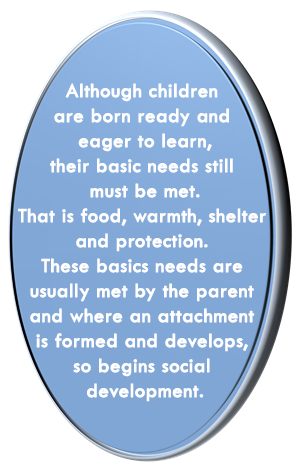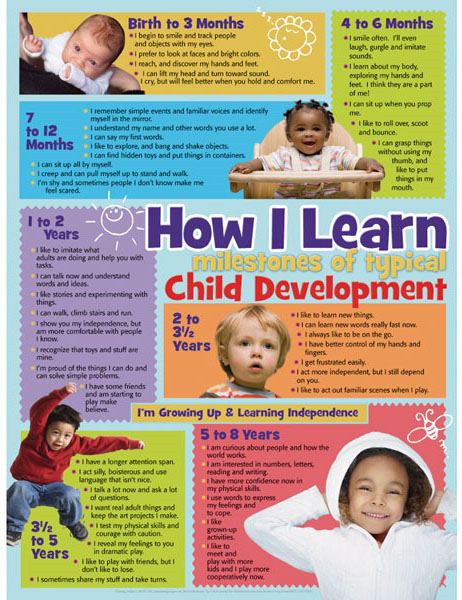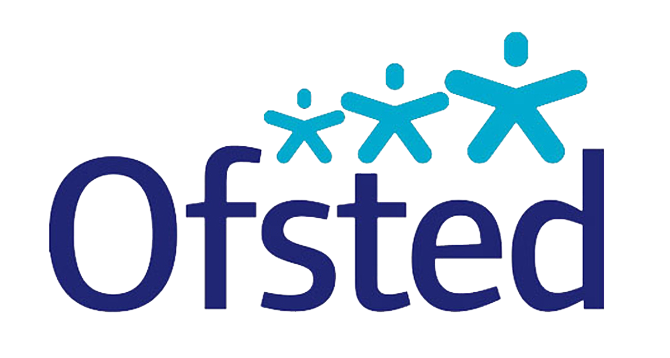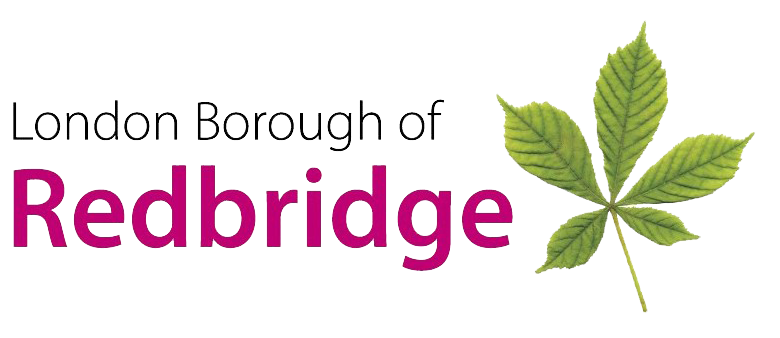Barleymont Group of Day Nurseries, Preschool, Afterschool and Holiday Club
![]()
TEL : 02085038662 / 07740110215 |

Barley Lane Preschool & Afterschool Centre > Curriculum > Child Development / EYFS Curriculum / Montessori Curriculum / EYFS and Montessori
Child Development
Children develop and learn in different ways, and as early years professional it’s our role to support and enable each unique child’s development, helping them to become resilient, capable, confident and self-assured.
As soon as a baby is conceived, the egg forms into an embryo, the embryo to a foetus and the foetus into a baby. The foetus grows and develops in form and size. The brain begins to develop at the same time and the foetus begins to pick up aspects of its internal and external environment via its senses.
When baby is born and more and more stimuli reach the baby…sounds, touch, vision, taste, and noise. The synapses (wires) in the brain begin to connect and strengthen and so the baby continues to develop through social and physical interactions.
|
|
The human infant will not develop holistically without some form of adult intervention from the main carer(s). Children are highly motivated intelligent learners who actively seek interactions with the people around them.
From these early interventions, the baby develops into a young child and beyond through adults and other children interacting with him/her and through play opportunities either self-initiated or with adult intervention.
The baby becomes aware of his/her surroundings and people close to them. They begin to communicate, socialise, explore and experiment. Their physical skills develop alongside communication and language. The more confident and the more socially aware, the more they learn and develop new skills.
Having a good knowledge of child development helps adults understand and identify children’s behaviour and/or children who need extra support.
So what is Child Development:
Child development refers to the sequence of physical, language, thought and emotional changes that occur in a child from birth to the beginning of adulthood. During this process a child progresses from dependency on their parents/guardians to increasing independence. Child development is strongly influenced by genetic factors (genes passed on from their parents) and events during prenatal life. It is also influenced by environmental facts and the child’s learning capacity.
Child development can be actively enhanced through targeted therapeutic intervention and the ‘just right’ home based practice, recommended by Occupational Therapists ,Speech Therapists, Educational Psychologists and by various other early intervention programmes.
What does child development include:
Child development covers the full scope of skills that a child masters over their life span including development in:
Cognition – the ability to learn and problem solve
Social interaction and emotional regulation – interacting with others and mastering self-control
Speech and Language – understanding and using language, reading and communicating
Physical skills – fine motor (finger) skills and gross motor (whole body) skills
Sensory awareness – the registration of sensory information for use.
Understanding Child Development
The speedy physical and psychological changes that children undergo from birth through adolescence often leave parents and caregivers wondering how best to engage and help them. The process of child development can include everything from sensory awareness and fine motor skills to language and socialization ability. It is strongly influenced by a child’s genetic makeup, environment, and cognitive skills. Parents and medical professionals frequently use developmental milestones, such as when a child learns to speak or read, to track that child’s growth relative to their peers. These milestones can also help identify any learning disabilities or behavioural problems a child may have, so that they can be addressed early, but it is important to note that these are just benchmarks and may have no bearing on a child's ultimate capabilities.
Why is child development important:
Observing and monitoring child development is an important tool to ensure that children meet their ‘developmental milestones’. Developmental milestones (a ‘loose’ list of developmental skills that believed to be mastered at roughly the same time for all children but that are far from exact) act as a useful guideline of ideal development.
By checking a child’s developmental progress at particular age markers against these arbitrary time frames, it allows a ‘check in’ to ensure that the child is roughly ‘on track’ for their age. If not, this checking of developmental milestones can be helpful in the early detection of any hiccups in development. This ‘check’ is usually carried out through child/mother services and Paediatricians as infants and toddlers, and later through preschool and school term skills assessments.
Development Milestones
The earliest possible detection (and early intervention treatment if appropriate) of developmental challenges can be helpful in minimizing the impact these developmental hiccups can have on a child’s skill development and subsequently their confidence, or serve as an indicator of a possible future diagnosis.
Developmental milestone checklists or charts are used as a guide as to what is ‘normal’ for a particular age range and can be used to highlight any areas in which a child might be delayed. However, it is important to be aware that while child development has a predictable sequence, all children are unique in their developmental journey and the time frames that they meet the many developmental milestones.
When babies arrive in the world, they are tiny, helpless people who depend entirely on adults to take care of all their needs and wants. Somehow, with the proper loving nurturing and care over the next 22 years, they grow to become independent adults who can take care of themselves and others. The journey from infancy to adulthood is an amazing time when children soak up everything in the world around them and mix it with the qualities they are born with in order to mature bit by bit, in every way.
It is important to understand that children have to grow and develop in many different areas in order to become healthy, happy, productive members of adult society. There are four main areas or channels in which children grow: physical, psychological and cognitive, social and emotional, and sexuality and gender identity.
Physical growth is most obvious. Children's bodies grow in height and weight over the years and change appearance during puberty. Children also develop certain physical abilities during their progression towards adulthood, including crawling, walking, running and (possibly) writing or shooting a basketball.
Children also develop psychologically and cognitively as their brains absorb more information and they learn how to use that information. Literally, children have to learn how to think on purpose and to process or organize all the information that comes to them from the environment. They must learn how to solve problems, to talk, and to complete mental tasks such as remembering telephone numbers or using computers.
Children grow socially and emotionally. They learn how to interact, play, work, and live with other people such as family, friends, teachers, and employers. They learn how to understand both their own feelings and others' emotions. They also learn ways of dealing with strong emotions. In order to function well as independent adults, children must develop a sense of self-esteem as they go through the long process of figuring out what shape their identity, or who they are, will take. They develop a sense of morality as they learn the difference between right and wrong.
Children have to develop sexually and form a gender identity. This developmental channel is unique because it spans developments across the other physical, psychological, and social channels. Early on, children learn how their bodies work and look and what it means to be a boy or a girl; they learn how boys and girls are different. As they grow older and enter adolescence and puberty, they continue to learn how their bodies work sexually and how to responsibly handle their sexuality so as to balance their sexual desires and appropriate behaviour. They continue to decide for themselves what it means to be masculine or feminine throughout their lifespan.
Over the years, people who study children have created theories to explain how children develop. While these theorists realize that every child is special and grow in his or her unique way, they also have recognized that there are general patterns children tend to follow as they grow up, and they have documented these patterns in their theories.









